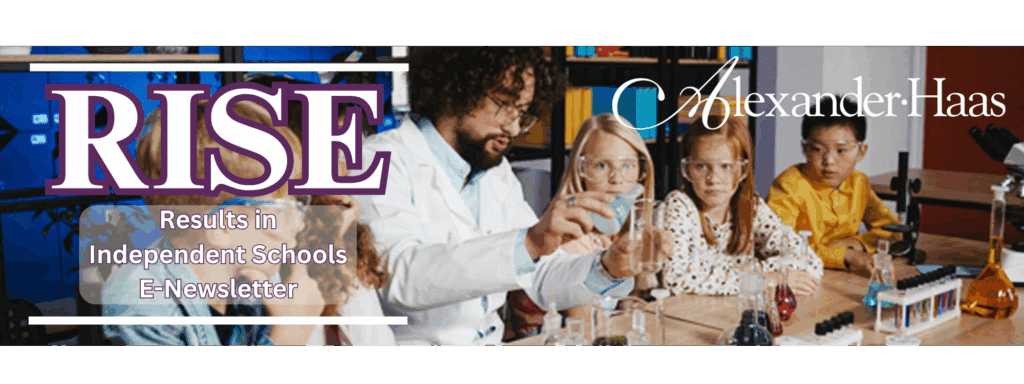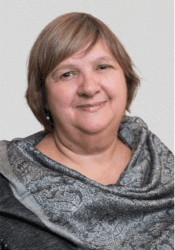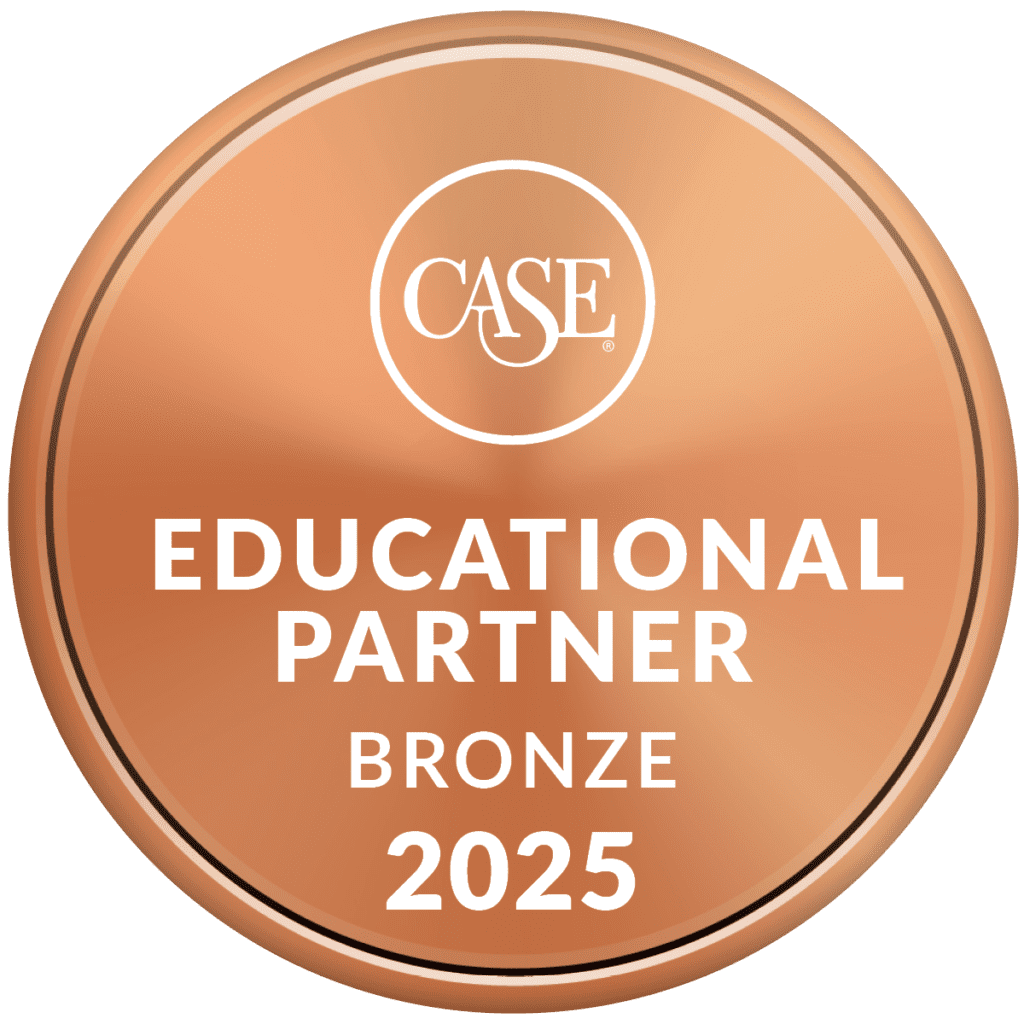
 From the Desk of
From the Desk of
Sandra K. Kidd | Senior Partner
It’s 97 degrees outside, and the air conditioning is running full blast. Needless to say, no one in my neighborhood is porch-sitting, at least not before the sun begins to set and it cools down to 80 degrees.
Remember porches? Depending on where and when you grew up, the porch might have been wide and welcoming, with a swing (of course), rockers, and comfortable chairs with lots of room for family and friends to stop by. Or you might have had a stoop and steps, small but still a place to sit and say ‘hi’ to the neighbors. Or maybe your porch was a balcony or terrace, where you could wave to the people who lived across from you.
In this age of screens and smartphones, tablets and TVs that deliver endless entertainment into your home, the pleasure of porch-sitting feels like a nostalgic exercise. I am reminded of it, though, as I consider the importance of connections and conversations. The porch was a place where you talked to others, whether it was a long, perhaps lively, conversation of some importance, or a quick inquiry about the health of their Aunt Mae. You talked to these people, and they talked to you.
So, here in the heat of this summer day, I took a brief self-inventory of how many people I have talked with (not texted, emailed, or “socialed”) in the past week. All told, I counted up about 12 hours of personal conversation, about 10 percent of the hours not spent sleeping:
- I was in two in-person meetings for an organization where I volunteer.
- I had several phone calls with family members because they like to talk and I like to check in on them.
- I chatted a few minutes with a friend about an upcoming trip.
- I had a call with a mid-career professional to help her think through her next career steps.
With the exception of my older relatives, every conversation I had this past week could have been handled more efficiently through text, email, or remote conferencing. But they would not have been as effective or satisfying to me personally. I learned something new about my volunteer and professional peers, felt reassured after touching base with family, and enjoyed the pleasure of hearing the familiar voice of a long-time friend.
Why am I writing about this in our latest fundraising newsletter? Because fundraising success is rooted in the power of building relationships.
AI, CRMs, and analytics can assist our fundraisers in deciding where to focus their time and identify which individuals might be most interested in and receptive to supporting the causes we represent. Then, once they have some potential prospects, the most effective fundraisers go out or pick up the phone to actually engage with these people.
I have a “Sandra rule” that I often quote to my clients: You can only talk ABOUT your prospect three times, and then you have to talk TO them.
If you’re lucky, one of them will invite you to sit on their porch someday.
Philanthropy’s Trigger Words
You say ‘equity.’ They hear ‘exclusion.’ Strategies for getting everyone on the same page. Conversations today are often derailed by distortion triggers — words that have stopped functioning as tools and started functioning as tests. A phrase like “equity” might inspire hope and a sense of justice in one room while sparking feelings of exclusion or blame in another. “Civility” may feel like a call for dialogue in some spaces and a demand for silence in others.
These are six recurring moral communication styles that show up across the nonprofit and philanthropic world.
Moral traditionalists value duty, responsibility, and order. They hear the word “equity” not as inclusion but as a challenge to the norms they were raised to uphold.
Social justice activists communication is clear, urgent, and moral. When they hear calls for “civility,” they may interpret them as efforts to suppress accountability.
Institutional moderates seek process, predictability, and durable change. These communicators support equity in principle but hesitate when the language feels polarizing.
Cultural libertarians value individual autonomy and open debate. They may hear “inclusive language” as a mandate rather than an invitation.
Left economic populists focus on material conditions such as wages, housing, fairness, and survival. They are deeply skeptical of rhetoric.
Right economic populists also speak from class experience. They don’t reject public investment or equity, but they want to know if it includes them.
Treat language as infrastructure, not ornament. Your message isn’t just what you write. It’s what your audience hears. Before releasing reports, launching campaigns, or submitting proposals, test how your language lands with communities that don’t already share your worldview.
Independent Schools & Philanthropic Funds Data
We’ve got new data in from some Independent School National Associations. Let’s look closer at the Southern Association of Independent Schools participating schools and what they raised in philanthropic funds for data entry year 2024-2025.
School Count 192
| Advancement Median Funds Received for ’24 | $2,076,850 |
| Median Number of Donors | 673 |
Median Percent Participation by Constituency & Hard Credit Funds Received | |
| Median % Participation by Parents/Guardians of Current Students | 61.3% $469,774 |
| Median % Participation by Alumni/ae | 5.5% $89,014 |
| Median % Participation by Grandparents of Current Students | 13.3% $108,318 |
| Median % Participation by Parents & Grandparents of Alumni/ae | 7.9% $204,535 |
| Median % Participation by Employees | 85.3% $27,707 |
Trustees | |
| Median Number of Trustees | 16 |
| Median Hard Credit Funds Received by Trustees | $92,515 |
| Median Soft Credit Funds Received by Trustees | $69,797 |
Funds Received by Purpose (’24) | |
| Median Funds Received for Current Operations: Unrestricted | $686,806 |
| Median Funds Received for Current Operations: Restricted | $254,377 |
| Median Funds Received for Endowment | $341,518 |
| Median Funds Received for Other Capital Purposes | $893,928 |
| Median Funds Received for Irrevocable Deferred Gifts at Face Value | $37,850 |
The DAF Ask That Led Donors to Double Their Gifts
A new report shows that when supporters were encouraged to give through their donor-advised fund, many donated twice as much. Some donors who had previously given only $100 increased their contributions to $5,000. DAF Fundraising Report 2025 demonstrates that organizations focused on improving their engagement with DAF donors collected a significant amount of useful data for nonprofits.
The volume of DAF donations within the survey group exceeds $1 billion. For example, 30,349 individuals were repeat donors who switched from giving by check or credit card to a DAF, and the majority of these donors increased their giving when using their DAF. The median increase in giving after switching to a DAF was 100%, meaning half of the converted DAF donors are doubling their support.
Other findings from the research:
- In 2024, the median size of non-DAF gifts for the organizations in the study was $25, compared with $300 for DAF gifts.
- 85% of people who switched to DAF giving either increased or maintained their giving to that same organization.
- 20% of DAF donors gave two or more gifts a year.
- DAF gifts ranged in size, so they weren’t all from major donors. Seven-in-10 gifts in the analysis were less than $1,000.
- DAF donor retention was on average 13% higher than for non-DAF donors.
- The median revenue growth coming from DAFs in 2024 was 30% among participating nonprofits, while median revenue from non-DAF sources decreased 1%.
COP, 7-9
Giving by Recipient

- Religious organizations received the largest share of charitable dollars in 2024, at 23% of total giving.
- Human services organizations received the second-largest portion of total gifts, at 14% of the total in 2024.
- The education subsector ranked third in total gifts received, at 14% of charitable dollars in 2024.
- Gifts to grantmaking foundations—including independent, community, and operating foundations—comprised the fourth-largest share of charitable dollars in 2024, amounting to 11% of total giving.
- The public-society benefit organizations subsector ranked fifth in total gifts received, at 11% of charitable dollars in 2024.
- Comprising the sixth-largest portion of charitable dollars in 2024, the health subsector received 10% of total giving.
- The international affairs subsector ranked seventh in total gifts received, amounting to 6% of charitable dollars in 2024.
- Arts, culture, and humanities organizations received the eighth-largest portion of charitable dollars in 2024, at 4% of total giving.
- Comprising the ninth-largest share of charitable dollars in 2024, the environment and animals subsector received 3% of total gifts.
- Additionally, gifts made directly to individuals amounted to 4% of total giving in 2024.
Welcome New Client Partner

Carmichael, CA
We Know Independent Schools
For more than 35 years, Alexander Haas has been a fixture in the nonprofit community. We are honored to have worked with so many remarkable independent schools, both secular and non-secular, across the country that help mold today’s adolescents into tomorrow’s leaders. Take a look at our list of independent school clients, past and present.
A Fresh Approach to Fundraising
Our services aren’t cookie cutter. We don’t operate with a boilerplate, merely changing names and locations. We craft each and every service we provide to match your organization’s unique needs, wants and abilities. We work hard and expect you to do the same. Together we can help you transform your institution, your fundraising, and the community you serve.
Whether your need is in Capital Campaign, Annual Fund Campaign, Major Gifts, Leadership Annual Giving, Planned Giving or all of the above, we take a fresh approach to nonprofit fundraising.


